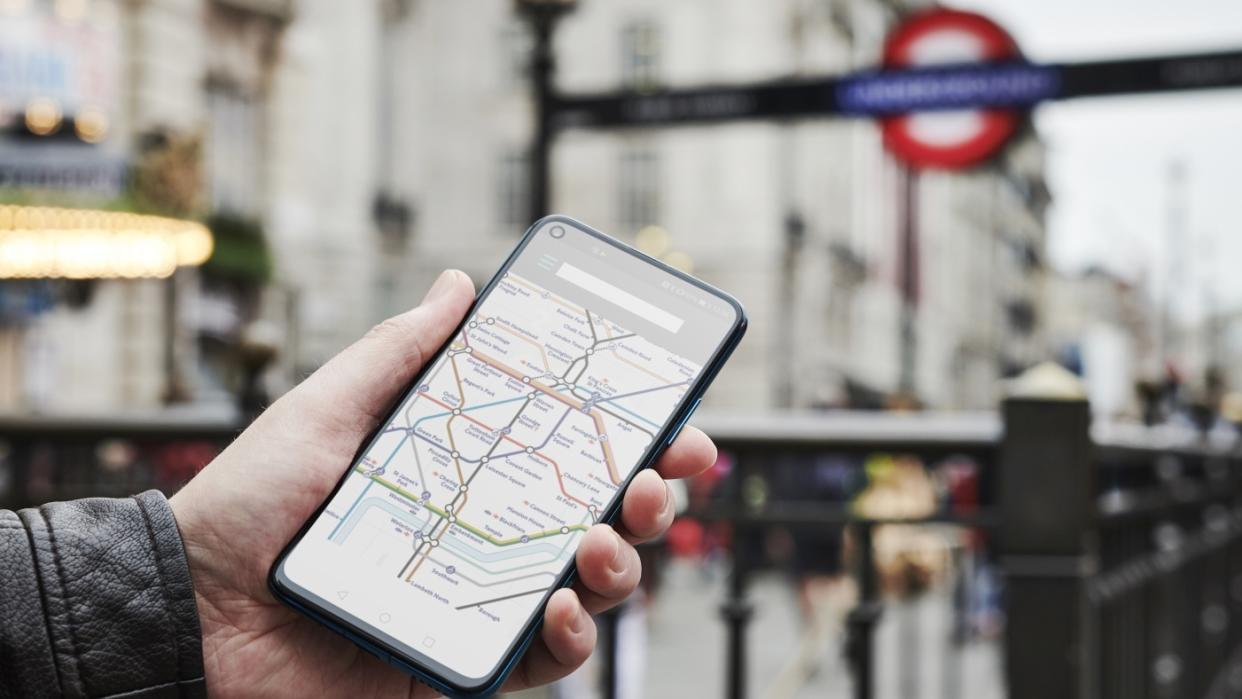Why the Metro Memory game is so addictive

Londoners are putting their knowledge of the city's intricate Tube network to the test in a popular new memory game.
BBC Radio 4 listeners have long enjoyed a segment of the spoof panel quiz show "I’m Sorry I Haven’t a Clue" called Mornington Crescent, where players ostensibly try to negotiate the London Underground in order to reach the Northern Line station in the fastest time. Of course, long-time listeners will know there is "no system to the game at all", but rather a "completely random, decades-long utterly pointless in-joke", said The Times.
But for Benjamin Tran Dinh, the inventor of the now viral Metro Memory game, "such levity is heresy", said the paper. His deceptively simple online game asks its players to name every station on London's Tube map – "and not only the classic lines but those served by the London Overground, the Elizabeth Line and the Docklands Light Railway", continued the paper. With 112 London Overground stations and 272 Tube stops, the task is "brutal".
A game for list lovers and those with an 'obsessive streak'
Yet Tran Dinh's game has now attracted more than 500,000 players, with the game presumably speaking "to that obsessive streak in the nerdier members of human race fascinated by lists", continued the paper.
Part of the game's charm lies in these three qualities: "it's easy to understand, it's fun, and it's incredibly addictive", said Ben Lynch for London World. And aside from providing "a joyous run of dopamine hits as you input your first batch of correct stations", it is also "a useful exercise in recognising your own geographical ignorance". Stations along routes you "ordinarily take around the city" can be quickly filled out, but it can be a struggle "to think further down the lines".
'Haunting resonance of place names'
Tran Dinh has explained the game's "remarkable success in terms of the haunting resonance of place names", said Jane Shilling in The Telegraph. "Even if you have never visited London, it is the setting for so many stories, from Chaucer and Shakespeare to Martin Amis and Zadie Smith, that its geography feels as personal as memory."
Indeed, to create the game, Tran Dinh drew on his own memories of studying in London in his early twenties, "when he was a regular user of South Kensington Tube station and the Circle and District lines, and would sometimes go climbing at Latimer Road", said The Guardian. And it is memories associated with the geography of London that explains the game's popularity, believes Tran Dinh, who is now based in Paris.
"Maps tell different stories depending on the reader's location," he told the paper. "They are also a visual way to anchor those stories in the real world. In the case of Metro Memory, I have seen people zoom in on the map, remember a specific moment they have spent in a certain neighbourhood and suddenly link that memory to a station name."

